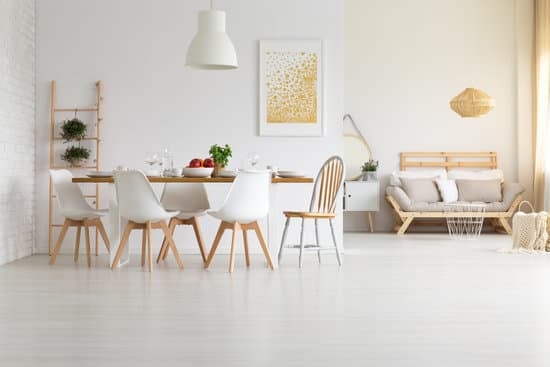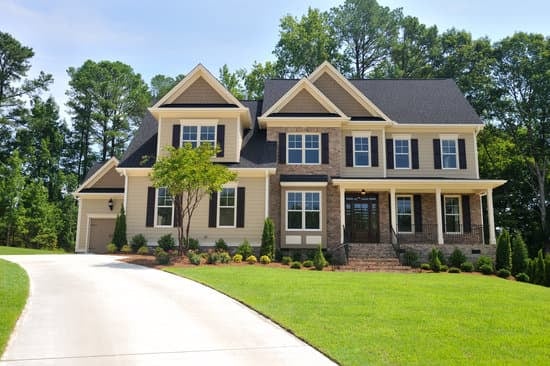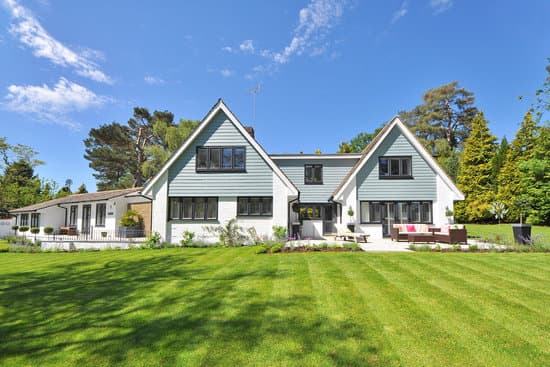Pine: The Most Common Wood for Log Homes
Log homes have become increasingly popular in recent years thanks to their rustic aesthetic appeal and energy efficiency. One reason why they have become so popular is due to the availability of materials. The most common type of wood used in log homes is Pine. Pine is a budget-friendly option that is easy to work with and widely available. It is also a softwood, meaning it will settle and expand more efficiently than other types of woods, which is essential for log homes. Another reason pine is a popular choice is due to its tight knots and uniform appearance. Pine wood has fewer knots than other types of wood species, and it has a uniform appearance that makes it an ideal choice for creating a classic look for log homes. For example, Original Log Cabin Homes uses Eastern White Pine as their standard due to its durability, natural beauty, and low cost.A Look at Cypress as a Choice for Log Homes
Cypress is another popular wood species used in the construction of log homes. It is a hardwood that is resistant to rot, decay, and insect damage, making it a great option for outdoor use. One of the benefits of choosing Cypress is its durability. Cypress has a Class 1 durability rating, which means it can last for over 25 years untreated. It is also a lightweight wood which makes it easier to work with. However, Cypress is not as readily available as Pine, and it can be more expensive. It is also more challenging to mill and modify. The wood can be prone to splitting, which can make it more challenging to work with. Lastly, Cypress has a distinctive grain pattern that may not appeal to everyone.Cedar: A Decent Alternative for Log Homes
Cedar is another wood species that is often used in log homes. It is a hardwood that is naturally resistant to rot and termites. It has a distinctive reddish color and a unique aroma that makes it a popular choice for outdoor structures. Cedar wood has a Class 2 durability rating, meaning it can last up to 15 years untreated. One of the downsides of using Cedar is that it is not as strong as Pine or Cypress, and it is prone to warping and cracking. It is also more expensive than most softwood species, including Pine. However, it has a unique beauty and aroma that is tough to replicate.Pros and Cons of Using Eastern White Pine for Log Homes
Eastern White Pine is a popular choice for log homes due to its natural beauty and affordability. Here are some of the pros and cons of using this type of wood: Pros:- Low cost compared to other hardwoods
- Uniform appearance with fewer knots
- Straight and uniform logs that are easy to work with
- Naturally resistant to decay and insects
- Lightweight but strong
- Settles and expands more efficiently than other hardwoods
- Not as durable as some hardwoods
- Less resistance to weather and moisture
- May require more maintenance over time
- May not appeal to those who prefer a more rustic appearance



















